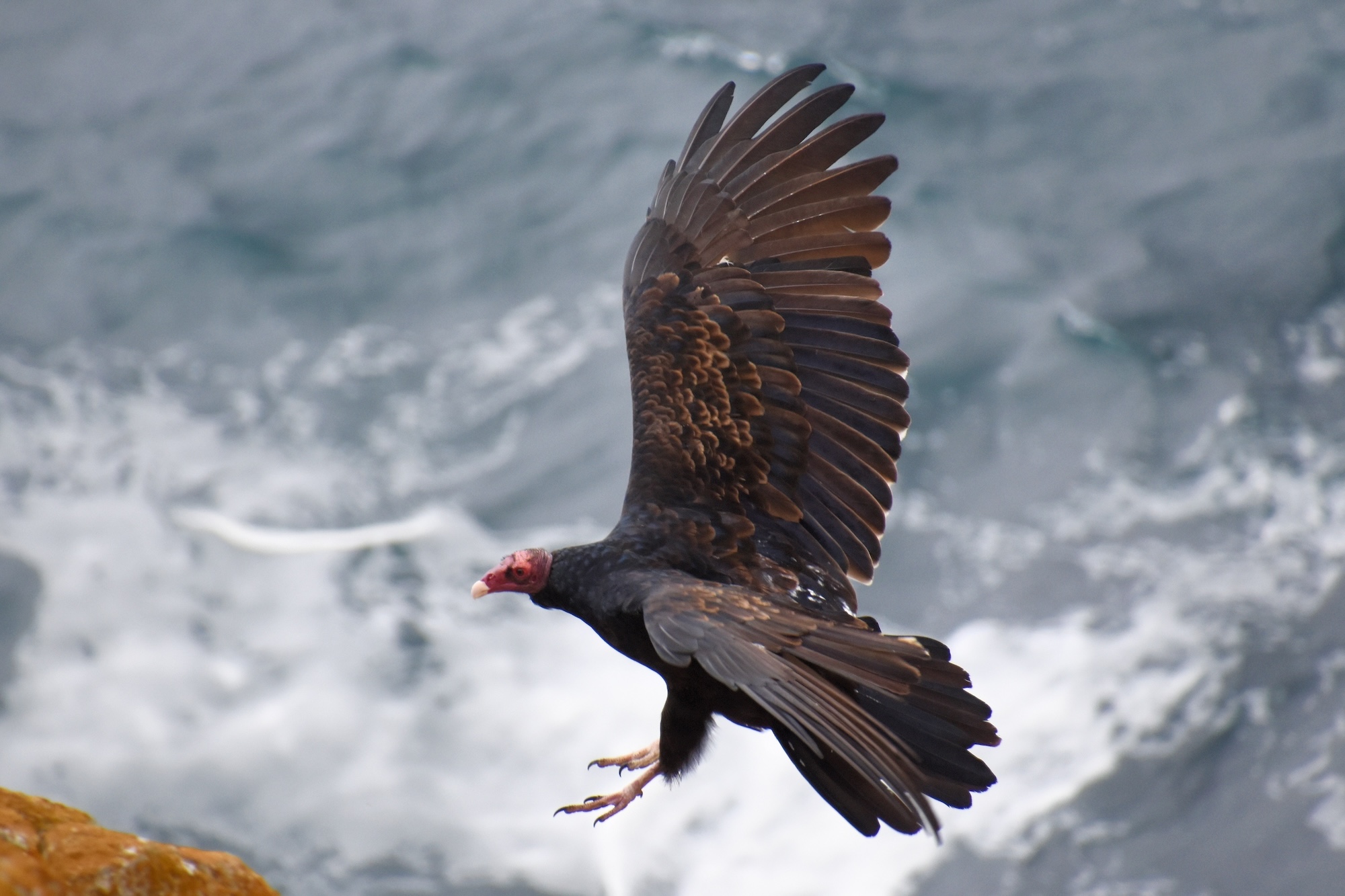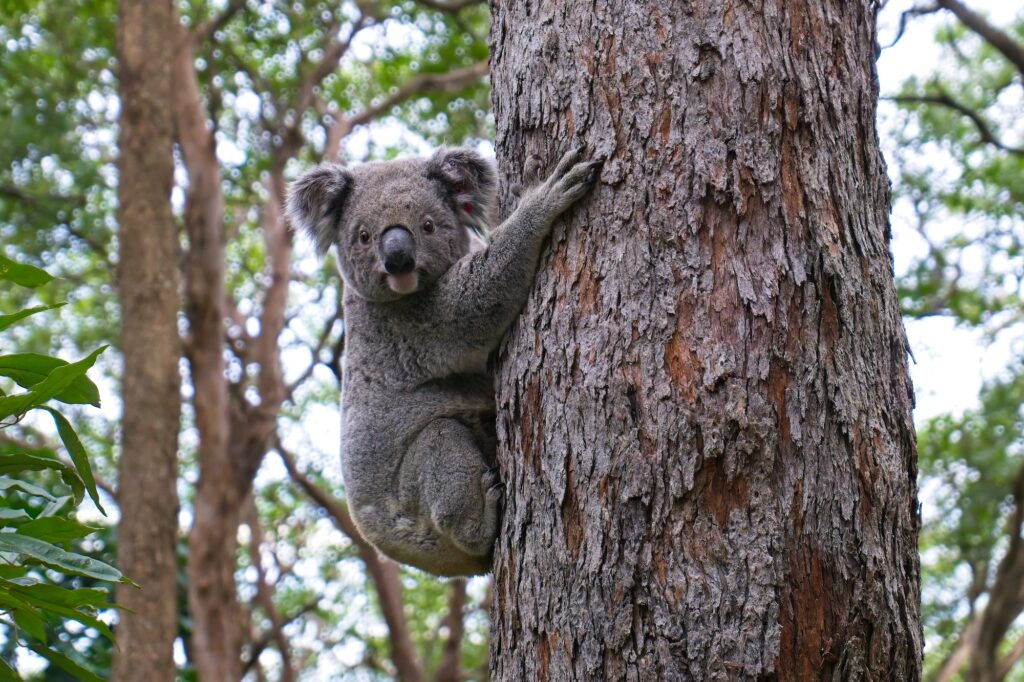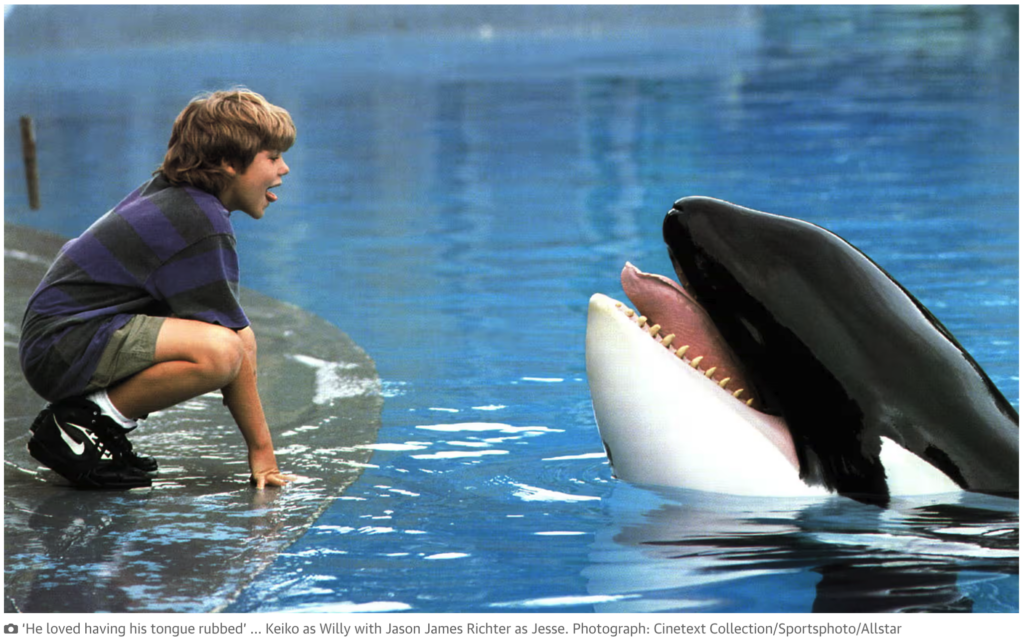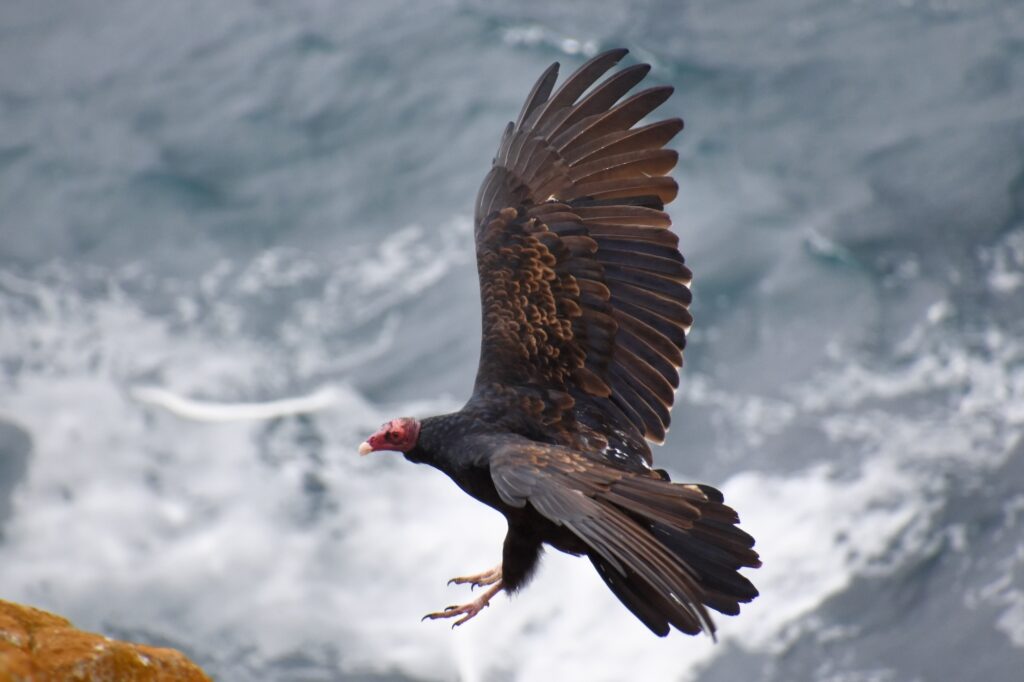
Insights
Tracking survival: the importance of monitoring when animals are released back into the wild
Monitoring animals that have been released back into the wild is critical to the success of wildlife conservation programs. Below we cover some animal survival tracking basics—including how drones can help to enhance survival data collection.
Why are animals released into the wild?
Generally speaking, three kinds of animals get released into the wild:
- Animals bred in captivity to boost the population. This is particularly important for species on the brink of extinction, such as Orange-bellied parrots.
- Injured animals that have been rehabilitated. Following the 2019/20 bushfires, for example, numerous koalas were tagged and released back into the wild after recovering from burns.
- Orphaned animals raised in captivity. In Australia, joey kangaroos that lose their mothers in road vehicle accidents are often cared for in this way.

How successful are animal release programs?
Animal release programs have a mixed record of success. While some programs see populations bouncing back rapidly, other released animals struggle to adapt to the wild.
Programs that release a larger number of individual animals tend to be more successful than others. Similarly, programs that translocate wild animals to more favourable climates can be more successful than animals that release captive bred individuals back into a traditional habitat that’s experienced a significant shift in its climate.
On the other hand, predator species raised in captivity are notoriously challenging to release into the wild. According to researchers from the UK, the chance of apex predators like tigers, wolves, brown bears and cheetahs surviving is only 33%, thanks in large part to their lack of hunting skills and relative lack of fear towards humans.
Length of captivity is another key predictor of survival. Generally, the longer an animal has been in captivity, the less likely it is to survive in the wild. The failed release of Keiko, the Orca who starred in Free Willy is a tragic example of an animal being released into the wild without the skills required to thrive.

Why is tracking survival important?
Tracking animals released back into the wild is important because:
- It helps to build population estimates. Knowing how many captive-bred animals survive is particularly important for critically endangered species—such as the Regent Honeyeater or Orange-bellied parrot—where as few as 10 animals can represent a large proportion of the remaining wild population.
- Post-release monitoring generates important insights that help to improve the design of wildlife conservation programs to give animals the best chance of surviving. This data is essential for understanding how, when and where to release animals.
How are released animals tracked in the wild?
Animals are typically fitted with a radio-tag upon release, which allows researchers to track their movements. For example, each California condor released as part of one of the United States’ most successful captive breeding programs, is fitted with a visual ID tag and at least one radio transmitter to allow researchers to track the flock’s movements.

Wildlife Drones’ radio telemetry technology enhances survival tracking
Captive release programs are resource intensive initiatives that require significant investments of time, effort and money from a dedicated teams to be successful. It’s therefore disheartening when the limitations of traditional radio-tracking technology make it easy to lose track of released animals.
Wildlife Drones’ cutting-edge technology has now been used by multiple researchers to locate missing animals. For instance, we’ve worked with Zoos Victoria to search for captive-bred Orange-bellied parrots that had gone missing from their release site. Thanks to our system’s advanced signal detection, and ability to quickly cover vast distances from the air, we were able to rapidly build a clear picture of where the birds had settled, and save the team painstaking hours radio-tracking across muddy saltmarsh.
Struggling to locate some of your radio-tagged animals? Get in touch with the team at Wildlife Drones today to find out how our technology can help.

